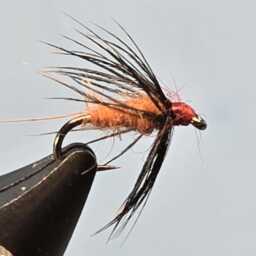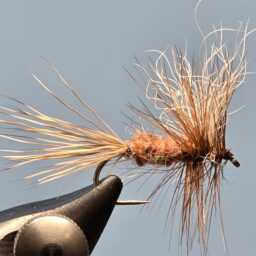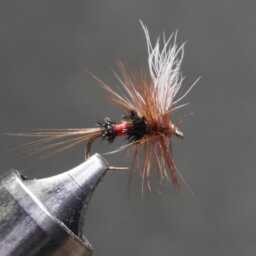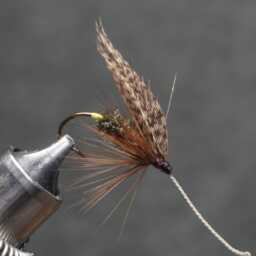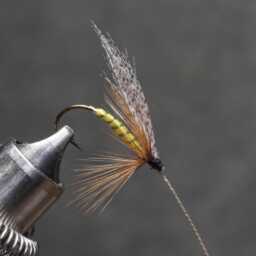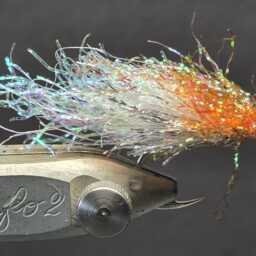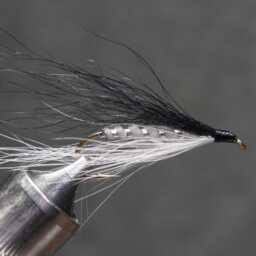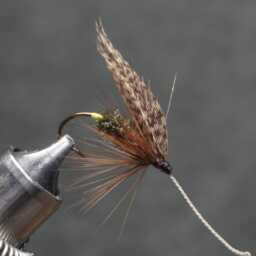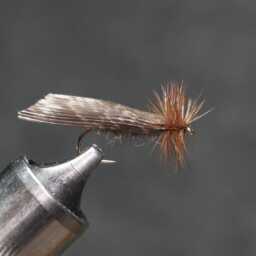In fly fishing, heron feathers are prized for Spey fly patterns, providing flexibility and bulk control. Tying the feathers by the base creates a tapered fly with a small head for optimal results.
All feathers from this bird are illegal to possess in the United States.
The grey heron (Ardea cinerea) is a long-legged wading bird found in temperate Europe, Asia, and parts of Africa. It resides in wetland areas such as lakes, rivers, ponds, marshes, and coastal areas. Standing at 1 meter tall and weighing 1-2 kg, it has a distinctive appearance with a white head, black stripe, grey body, and pinkish-yellow beak.
During spring, grey herons breed in colonies, building nests high in trees and laying a clutch of three to five bluish-green eggs. Both parents incubate the eggs for about 25 days, and they jointly care for the chicks, which fledge at 7-8 weeks. While many juveniles don’t survive their first winter, those that do can live up to 5 years.
In ancient cultures, the heron had symbolic significance. In Ancient Egypt, it represented the deity Bennu, and in Ancient Rome, it was associated with divination. Roast heron was a prized dish, with historical records noting Archbishop George Neville serving 400 herons at an event.
Physically, the grey heron stands up to 100 cm tall, with an 84–102 cm length and a 155–195 cm wingspan. The plumage is ashy-grey above, greyish-white below, and features a black stripe on the flanks. The call is a loud croaking “fraaank,” with various noises heard at breeding colonies.
« Back to Glossary Index
